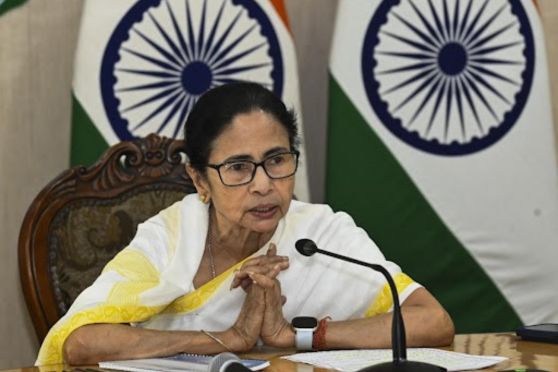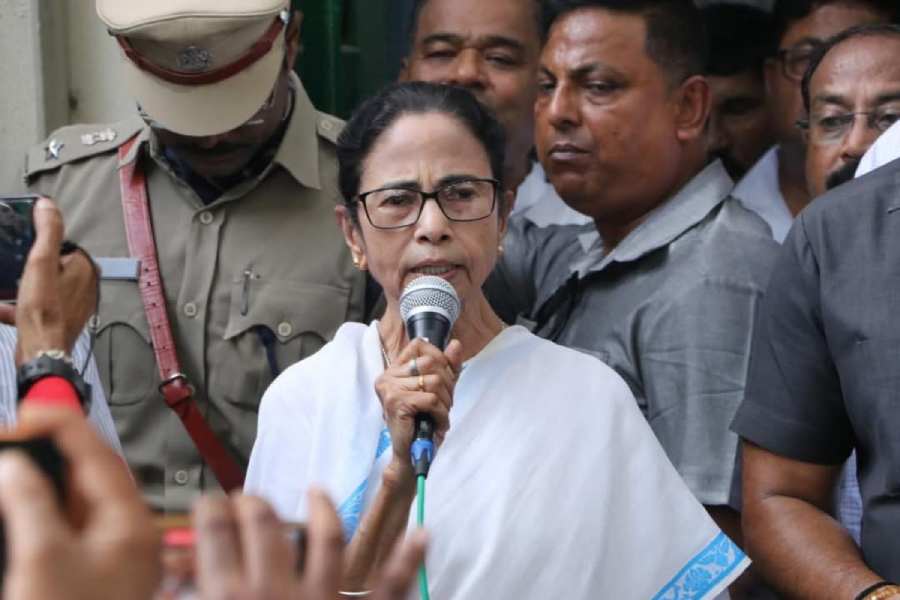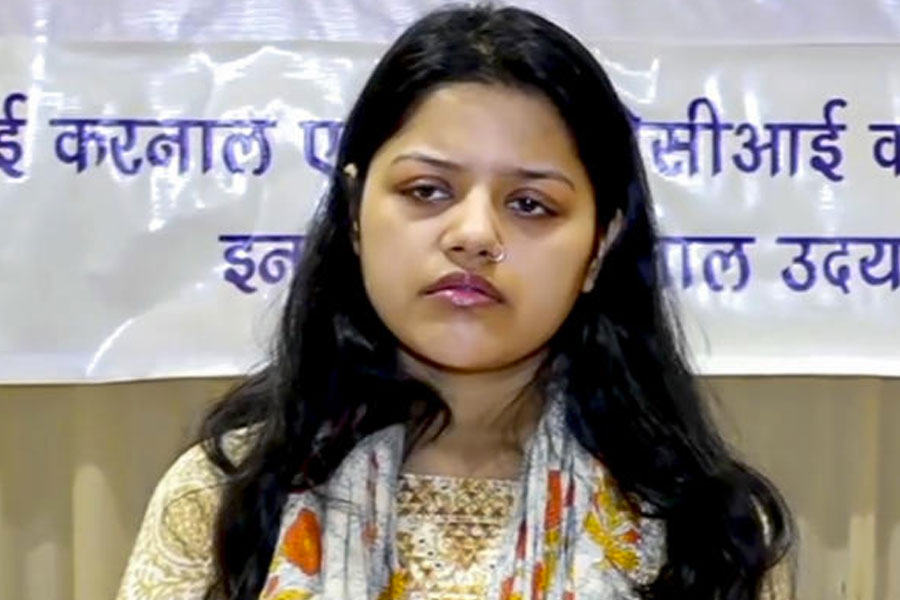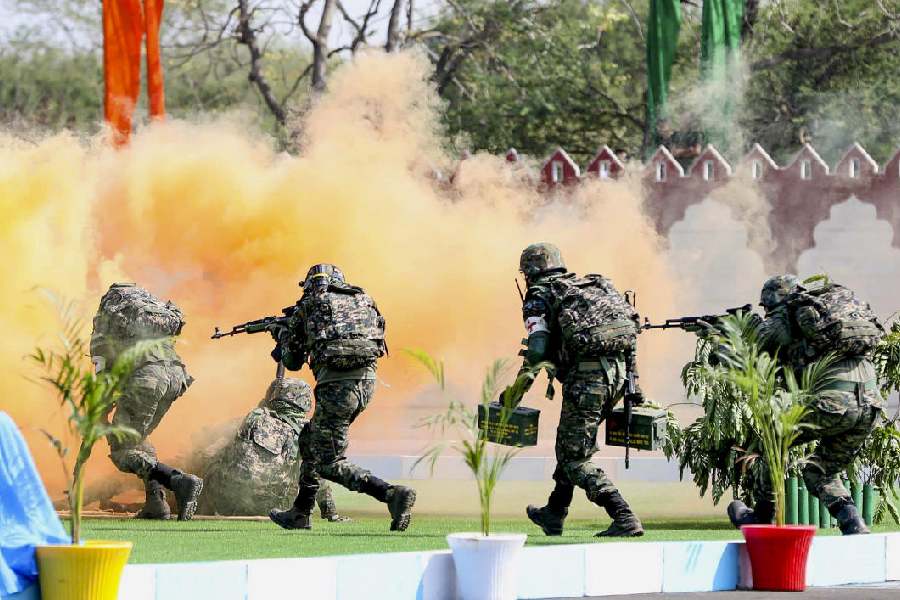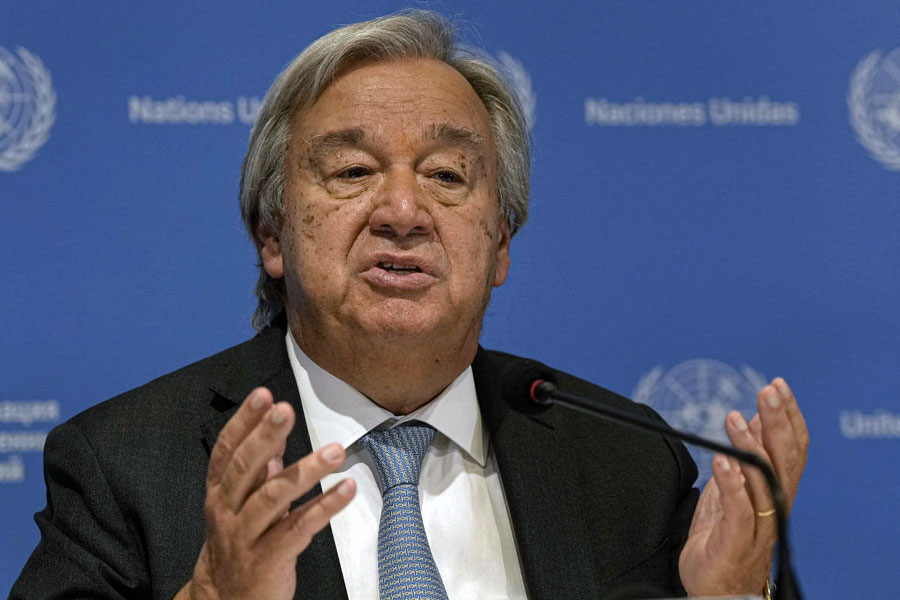|
|
This finance minister had to resolve the dilemma that confronts Indian economic managers often — between inflation and growth. Many asked for the ‘stimulus’ to be rolled back since the Indian economy is again on the upswing. Inflation and inflationary pressures had been ignored for years, despite high deficits to maintain the growth impetus. Inflation was not a result of the ‘stimulus’ package of expenditures and tax cuts. Much of this ‘stimulus’ was by way of expenditures (like the National Rural Employment Guarantee Act, Bharat Nirman, Sarva Shiksha Abhiyan and so on) budgeted in earlier years. In 2008-09, the total ‘stimulus’ was 2.7 per cent of the gross domestic product (with the farm debt waiver) and 1.8 per cent in 2009-10. Excise and other tax deductions were 0.2 and 0.4 per cent respectively. There was little ‘stimulus’ expenditure to resist the global meltdown. The Indian economy was resilient enough to withstand the external economic collapse.
Withdrawing the huge ‘stimulus’ packages in the United States of America and the West (even in China) means the withdrawal of large government funds from the system, when the West is not sure that a ‘double dip’, or another recession, was not on the way. In India, the expenditures on the NREGA, other social and infrastructure expenditures and the Pay Commission outflows were from an earlier year and built purchasing power and resistance to recession, but were not incurred for that purpose.
This budget has been acclaimed as “balanced, transparent, workmanlike, unspectacular, responsible, and a ‘big picture’” budget. The finance minister attributes inflation to the monsoon failure. He does not mention the large government deficits over many years, the talking up by the minister for agriculture, food and civil supplies, of the prices of sugar, wheat and milk while not using the government wheat stocks to bring prices down, and allowing large import stocks of pulses and sugar to lie uncleared at the docks.
The precursor to this budget was the (largely West Bengal-centric) railways budget of Rs 94,765 crore with a surplus at Rs 3,173 crore versus the annual capital expenditure plan of Rs 41,426 crore that the optimistic but clueless Mamata Banerjee expects to be funded by borrowings and internal resources. It grossly overestimates revenues on present traffic trends. The one bright feature is her apparent wish to bring the private sector into many public-private partnership projects, though there are no specifics.
In the context of the joke that was the railways budget, Pranab Mukherjee’s budget deserves all the accolades it is being given. But it has two serious disabilities. This government, while talking of the aam admi, ignores the food inflation that is hurting this large constituency. It hikes petrol and diesel prices, and these increases will further affect food prices. The implementation of the Kirit Parikh recommendations to free petroleum product prices in line with international prices will further add to the woes of all consumers, not just car owners. Secondly, the budget woos the middle classes with substantial income tax savings. Perhaps they could have been postponed and the petrol and diesel prices left untouched till the monsoon, when supplies improve.
Apart from this major flaw, this is a budget about which there is little to criticize. It does not indulge in the fudges of the earlier years which the minister alluded to when he said that he did not have “above or below the line” items in calculating the deficit, since all items were taken up front.
What are the tax burdens? The minimum tax on book profits of companies will go up from 15 to 18 per cent. An additional one rupee on excise duty on petrol and diesel will add to government revenues without reducing oil company losses, and will lead to consumer prices going up by about Rs 2 per litre. Tobacco products will attract more tax. Large cars, SUVs and MUVs will cost more. Excise duty will lose two out of the four per cent reduction in last year’s ‘stimulus’.
Against this there are many incentives: 60 per cent of tax payers, the middle classes, will pay much less tax, since income slabs have been revised upwards; surcharge on tax on domestic companies is to come down; research and development expenditures in laboratories will get additional weighted deduction. For a change, social science research expenditures will attract similar exemptions.
Energy, and particularly renewable energy, gets special attention. This is the first budget to recognize climate change and its mitigation by making an attempt to incentivize solar and wind energy as well as cycle-rickshaws, and by imposing a first-time tax on coal, the major carbon emitter. It signals intent by setting up committees to report on method and feasibility. For example, it proposes to strengthen and institutionalize the mechanism for maintaining financial stability by setting up an apex-level financial stability and development council; a high level council will monitor implementation of schemes for micro, small and medium enterprises being proposed by a prime ministerial task force; a budget of Rs 2,400 crore is provided for this; a Financial Sector Legislative Reforms Commission will rewrite and clean up the financial sector laws to bring them in line with the requirements of the sector; many recommendations of the Administrative Reforms Commission are being studied for implementation; the deputy chairman of the Planning Commission is to head a development and security coordination committee; a technology advisory group is to propose the use of information technology in tax administration.
The best news, and what the stock market has run up for, is the reduction in the fiscal deficit to 5.5 per cent in 2010-11 from 6.9 and 7.8 per cent in the two previous years, but with no hidden numbers “below the line”. Debt as a proportion of GDP is targeted to fall to 68 per cent by 2015-16. The GDP (by imputing inflation at 8.5 per cent) is to grow by a nominal 14 per cent. Disinvestment generated Rs 25,000 crore in 2009-10 and is to generate Rs 40,000 crore this year. Revenue of around Rs 35,000 crore from 3G telecommunication auctions is not accounted. (So one again wonders at the urgent need to so soon raise petrol and diesel prices). A beginning was made before the budget to get to nutrient-based pricing for fertilizers which will improve the nutrient balance in agriculture, reduce the subsidy and in due course allow direct subsidies to farmers.
The social sector schemes take 37 per cent of the budget. Infrastructure will take 46 per cent of the total plan allocations. The finance minister mentions $29 billion of foreign direct investment inflows in 2009-10 but has nothing to say about the volatile foreign institutional investment inflows from Mauritius and other places which are exempted from paying short-term capital gains taxes, the insidious flows through participatory notes, the effect of such volatile FII flows on the rupee value and in stoking inflation, and the huge swings in stock prices. There is no mention of the efforts of BHEL and committed public sector boosters to raise duties on imported cheaper Chinese supercritical generation equipment.
In conclusion, this is on the whole a balanced and transparent budget. It has gaps to be filled, but must be commended.



